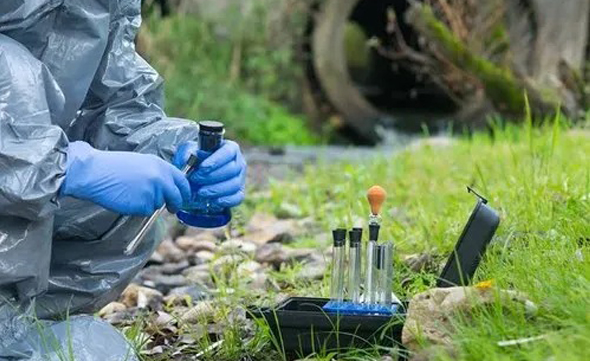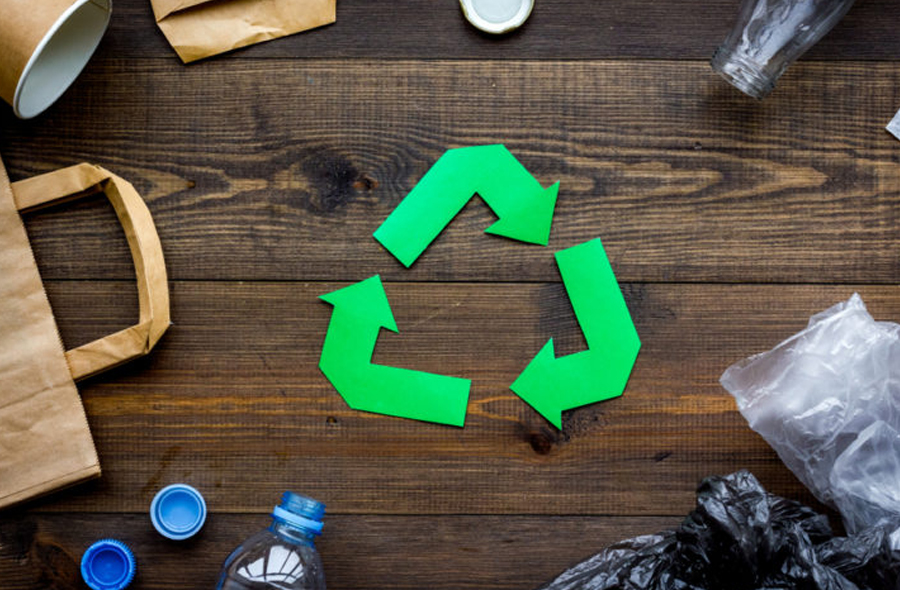This involves managing the entire lifecycle of permits and consents required for activities that impact the environment, such as construction projects, industrial operations, or waste management facilities. Team EMS assists organizations in navigating complex regulatory frameworks by facilitating the application, renewal, and compliance monitoring of environmental permits. We conduct comprehensive assessments to determine the specific permits needed, prepare documentation, and liaise with regulatory authorities to streamline the approval process. Here are the key steps involved in consent management:
Identify Regulatory Requirements
Research and identify the relevant laws, regulations, and permits required for the project. This could include environmental impact assessments, permits for water use or discharge, land-use permits, and other applicable permissions.
Stakeholder Engagement
Engage with the relevant stakeholders, including local communities, regulatory authorities, environmental organizations, and affected parties. Seek their input, address concerns, and involve them in the decision-making process. This can help build trust, ensure transparency, and minimize conflicts.

Permit Applications
Prepare and submit the necessary permit applications, ensuring all required documentation is complete and accurate. This may involve providing detailed project plans, environmental assessments, mitigation measures, and monitoring plans.
Regulatory Compliance
Comply with all conditions and requirements outlined in the permits and regulations. This includes adhering to timelines, implementing mitigation measures, and reporting any changes or incidents as required.
Monitoring and Reporting
Implement a robust monitoring program to track and assess the project's impact on the environment, public health, and other relevant parameters. This may involve regular sampling, data collection, and analysis to ensure compliance with permit conditions. Develop a reporting mechanism to communicate the findings to regulatory authorities and stakeholders.
Secondary Treatment
The primary treated wastewater undergoes secondary treatment to further remove organic matter and nutrients. One common method is the activated sludge process, where wastewater is mixed with a population of microorganisms (activated sludge) in aeration tanks. The microorganisms consume the organic matter, converting it into biomass and carbon dioxide. The mixture then flows to secondary clarifiers, where the biomass settles, and the clarified effluent is separated.
Mitigation and Corrective Actions
If any issues or non-compliance are identified during monitoring, take prompt action to address them. This may involve implementing mitigation measures, modifying project activities, or seeking necessary approvals for deviations from the original plans.





